One of the greatest challenges for Christian parents of young children is to clearly teach their kids right from wrong without creating little legalists—children whose identity is inflated by their successes and deflated by their failures. But when we talk about grace and forgiveness, we also may fear cultivating kids who take license to simply do whatever they want knowing that God will forgive them and that their parents will show them “grace.” Stepping into this Romans vs. James tension can feel tricky, but the solution isn’t a balance or a happy medium, it’s the gospel itself.
Your kids don’t just need you to teach them right and wrong, but they need you to do more than just tell them that Jesus died so that they could be forgiven and go to heaven. They need to be discipled in the art of living the Christian life—cultivating a posture of dependence on God’s love for their identity, Christ’s forgiveness for their freedom, and the Holy Spirit’s help in every act of obedience and love.
Your kids need to know that the gospel is good news for them right now—no matter their age. It equips them to respond to their failures and give glory to God for their successes. It frees them from shame and offers them hope and help to become more like Jesus. That doesn’t just start when they’re teens or when they seem old enough to understand, it’s a habit, a posture, we can help them cultivate at a young age. And—as my lack of ability to do a cartwheel reveals—it’s a great advantage to learn things when you’re young, a special grace afforded to children born into the covenant family of God.
Here are five books that can help you give your children the gospel in a way that helps them to apply it to their lives right now. Add these books into your reading routine to regularly rehearse the gospel with your kids. I hope you’ll be pleasantly surprised to see them start to reference the gospel when they fail, and I suspect you’ll also notice that these books will impact your parenting too, training you to view every discipline moment as an opportunity for discipleship. May your kids never remember a day that they didn’t know that the good news of the gospel was good news for them personally.
1. Training Young Hearts Board Books by Abbey Wedgeworth (Ages 4 and Under)
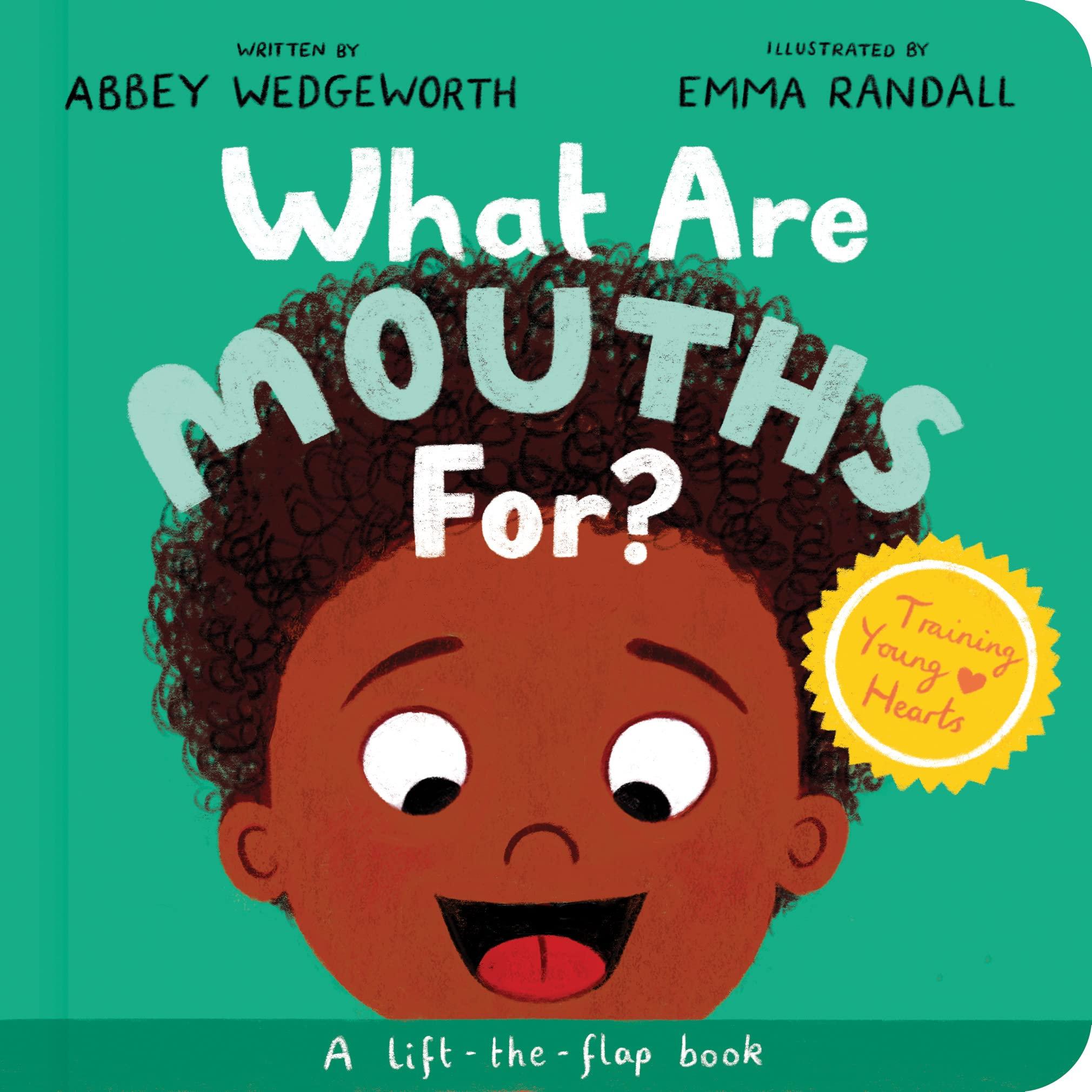
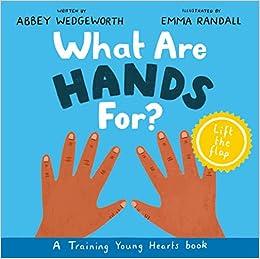
The first two books in a larger series, these engaging lift-the-flap board books help train toddlers to respond to negative behaviors (like hitting and biting) by looking to Jesus for forgiveness and asking the Holy Spirit for help to use their hands and mouths to love others like Jesus did. Each of these books points to the fact that Jesus was a child who was perfect in all the ways that they fail, but that he was more than just an example. He died so they could be forgiven and rose so that they could live with hope. The heart behind these books is that repentance might become a reflex in the lives of the children who read them, that dependence on the Spirit, rather than white-knuckling obedience, would be as natural to these young readers as breathing— “spiritual breathing”, if you will. The gospel is good news even for developmentally normal sin*, and the young readers of this book will know it well.
* Kids generally start hitting and biting around the same time and often outgrow it, so those behaviors are considered “developmentally normal,” but the fact that these are normal behaviors for toddlers doesn’t mean that those actions or the heart behind the aren’t sinful. Yes, they need help with learning appropriate ways to express frustration and resolve conflict, but they mostly need a savior!
2. The Friend Who Forgives by Daniel DeWitt (Ages 3-6)
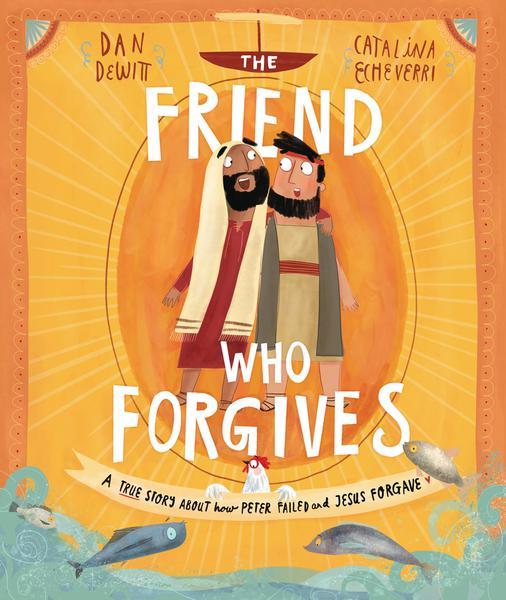
This story shows the character of Christ in his relationship with his friend Peter, who repeatedly failed and ultimately denied Jesus. The author helps kids to see themselves as like Peter in the way that they act before thinking, or let other people down, or just plain blow it sometimes– but then they’re invited to see Jesus as a friend who forgives them just as he was a friend who forgave Peter. Kids are invited to respond in the same way that Peter did, by running to Jesus over and over for forgiveness and by living for and telling others about him. As a mom of a kid who really struggles with shame, I love this precious book.
3. His Grace is Enough by Melissa Kruger (Ages 3-7)
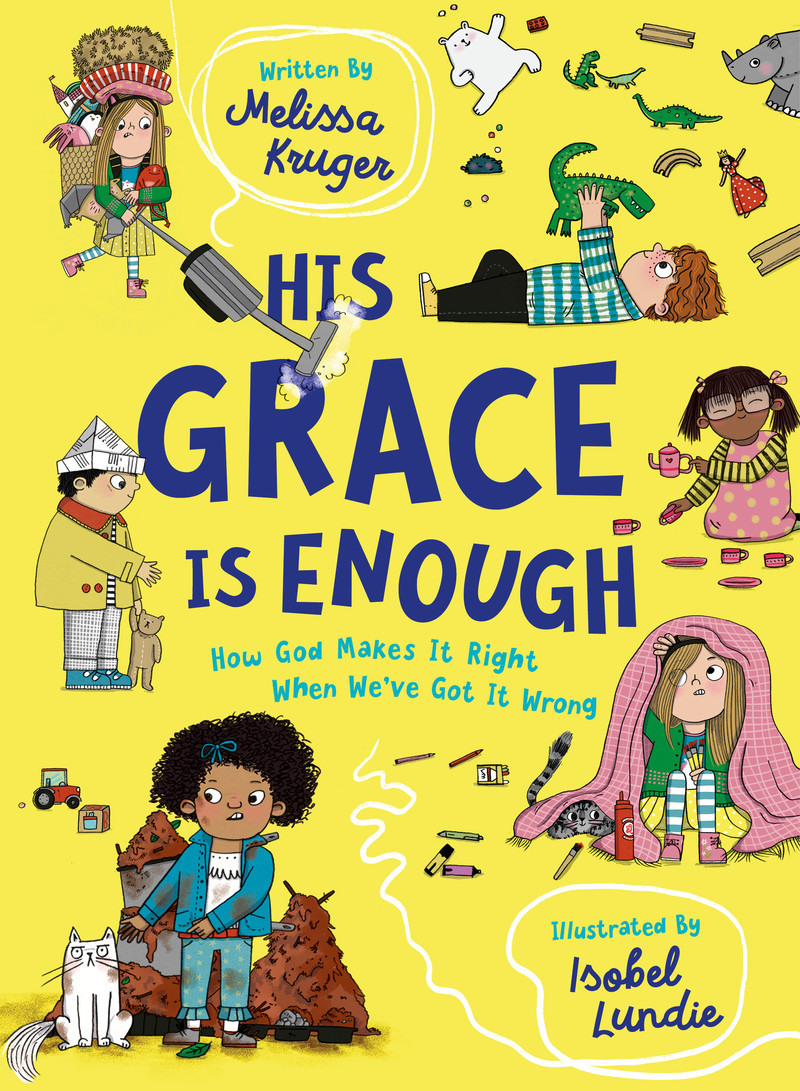
Honestly, I can’t read this one without crying. This quirkily illustrated, snappy rhyming book invites kids to run to Jesus when they mess up instead of running away or hiding in shame. Melissa Kruger is a genius, capturing the thoughts and hearts of children beautifully as she plays out scenarios of kids responding to their wrongdoing. One of my sons saw his own tendency as she touched on our desire to make up for the bad things we do by doing good things. I felt so grateful for this book in that moment, because it invited him to rest instead in what Jesus had done for him. I know the recommended age says 3-7, but this book ministers to my soul every time I read it with my kids.
4. Arlo and the Great Big Cover Up by Betsy Childs Howard (Ages 3-7)
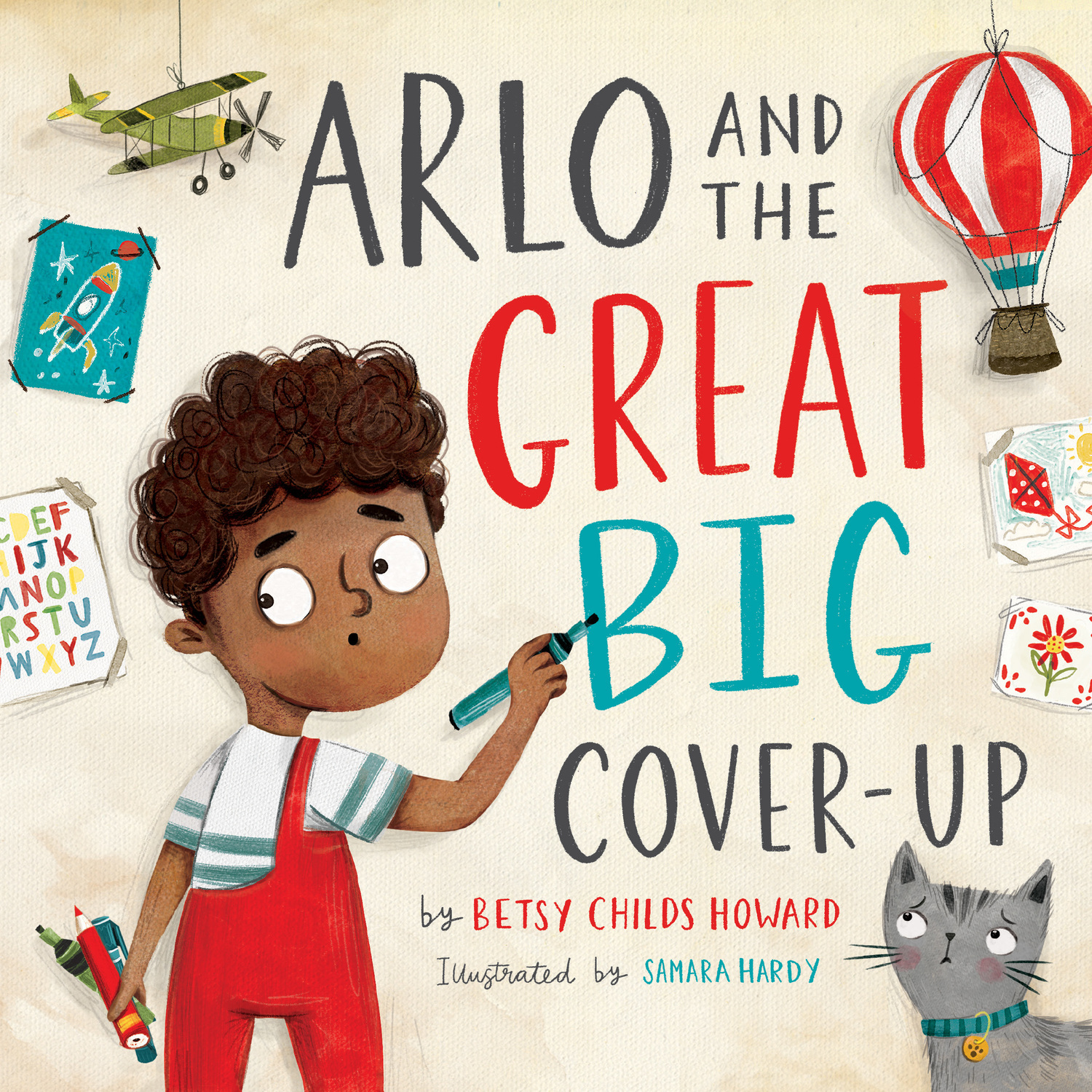
In this relatable and captivating story, a little boy desperately attempts to cover up his disobedience before his mom finds out. When those efforts don’t work, Arlo learns the relief that comes through confessing his sin. The language is easy to understand, and parents and kids will both be trained in the art of practicing repentance and asking for the forgiveness available to us in Christ Jesus. Arlo’s mom does a beautiful job of leading her son to the feet of Jesus, and this story will equip you to do the same.
5. Little Pilgrim’s Big Journey by John Bunyan, adapted by Tyler Van Halteren (Ages 4-10)
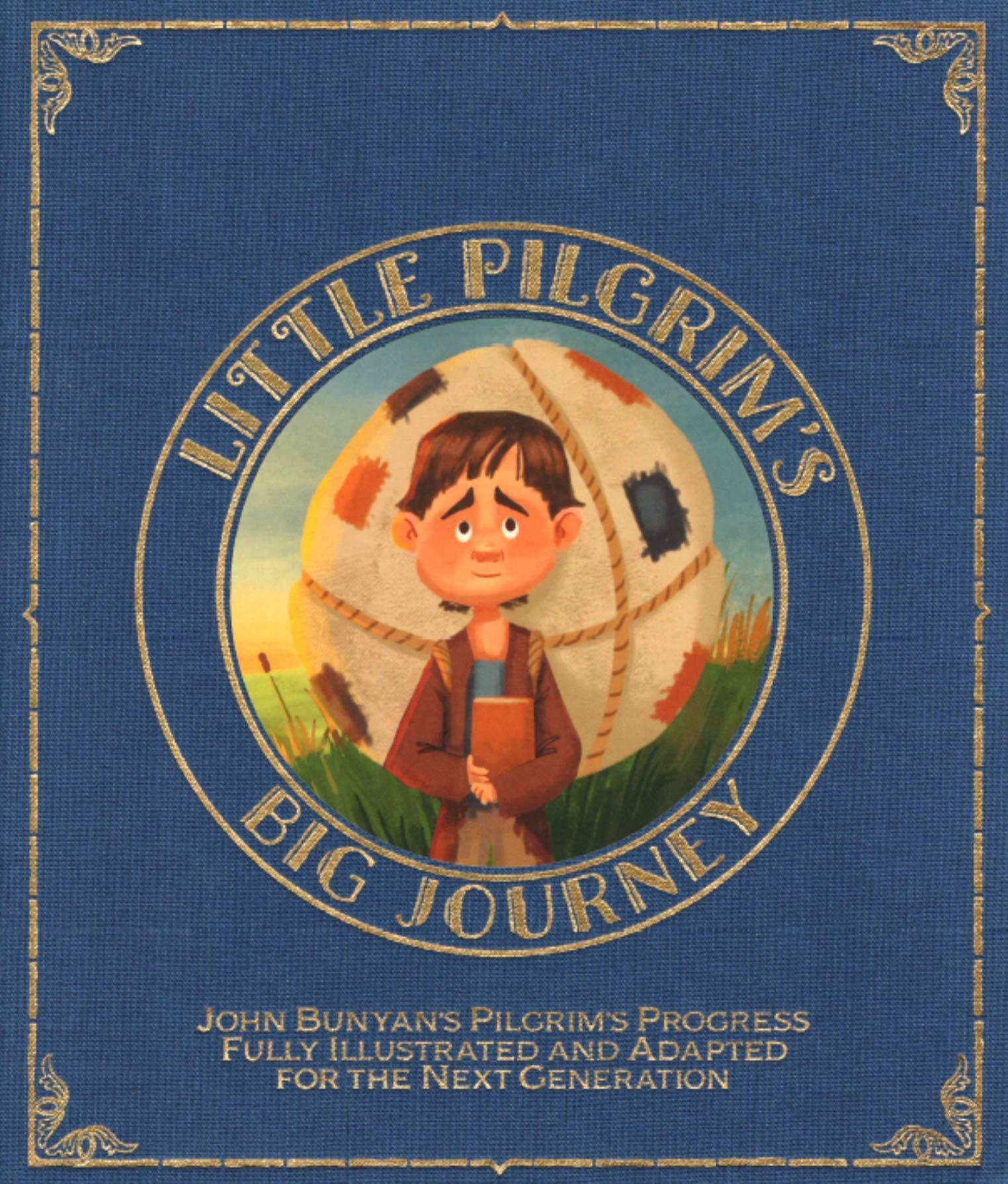
With beautiful illustrations and engaging text on every page, this adaptation of “Pilgrim’s Progress,” makes this helpful classic accessible for children in a way that will grow with them. Kids follow Christian on his unforgettable journey and in the process are equipped to lead a life of faith. The author wrote this version of the story in hopes that it might “inspire the next generation of 'little pilgrims' to believe the King's Word, follow the King's Path, and seek the King's City.” At the end of each chapter, there’s a summary to help kids understand and to help parents explain the allegory contained within it, as well as some questions for discussion. My kids begged for “one more chapter!” as we read this one, and I was in awe of the way they referenced the allegorical story in everyday life as they recognized and fought temptation. I pray they will always see the Christian life as an adventure requiring bravery and courage for which they are never alone.

